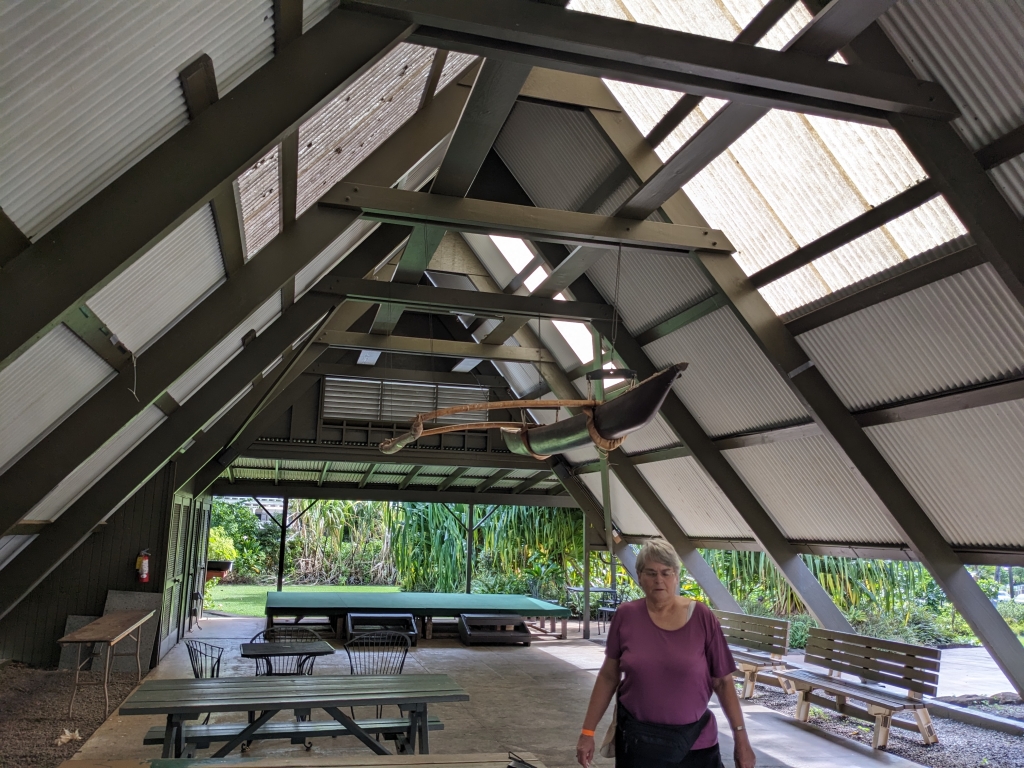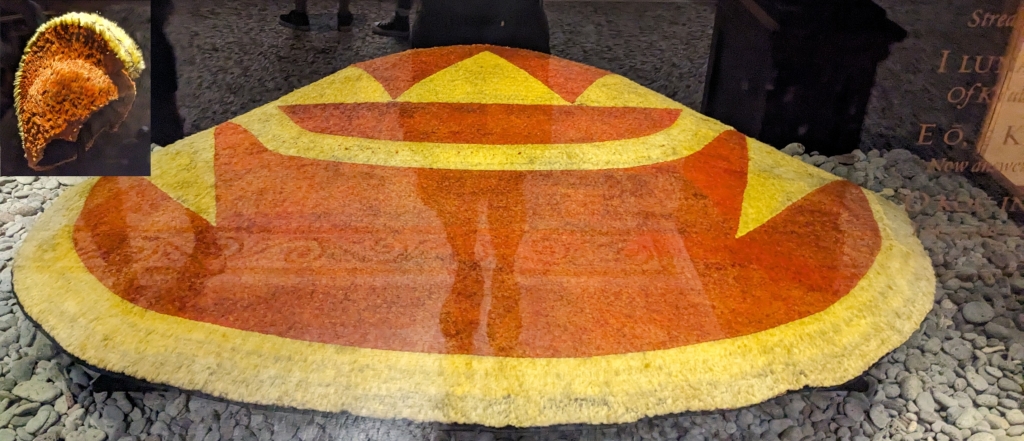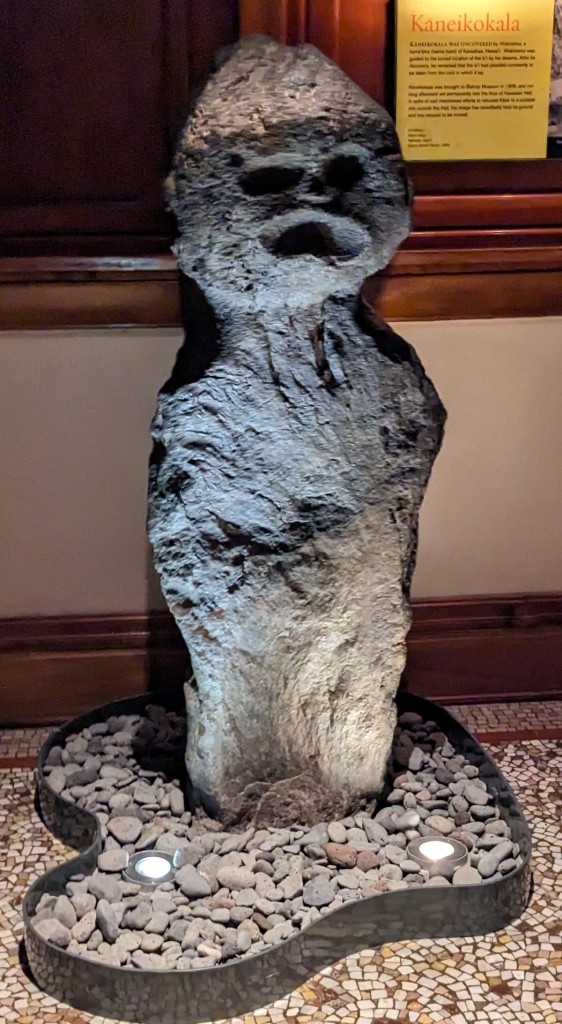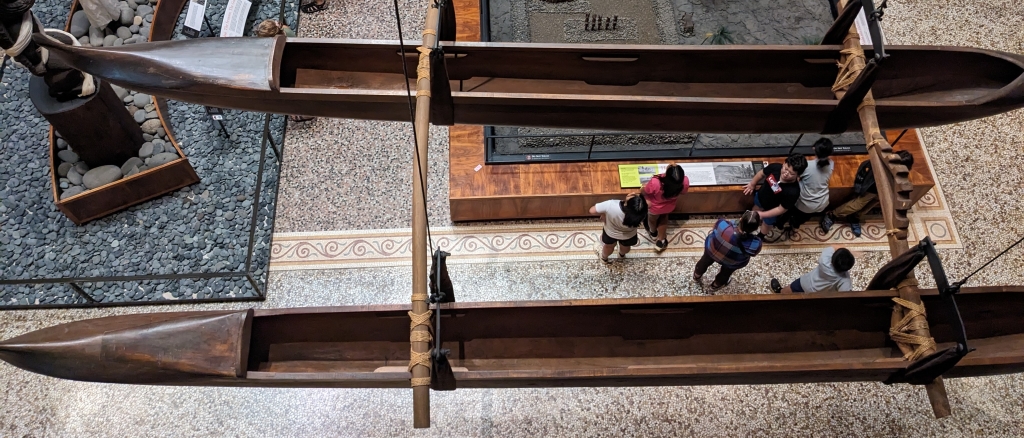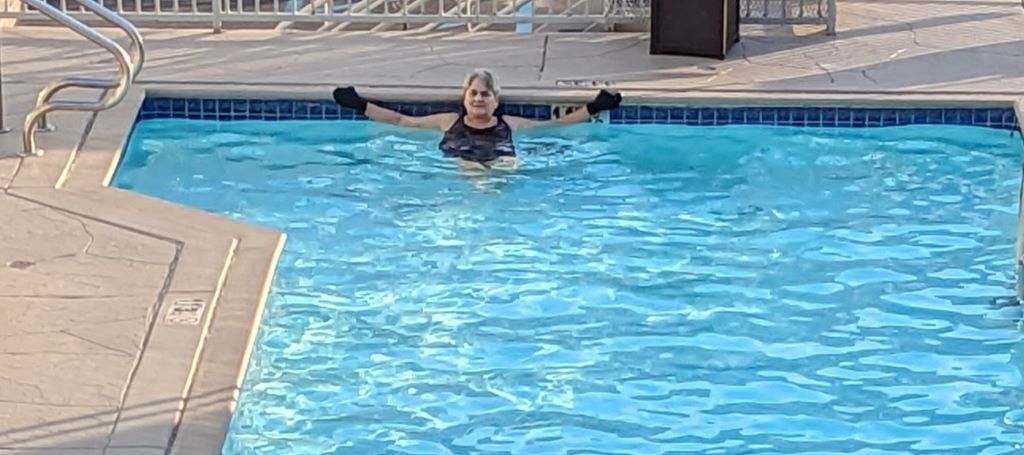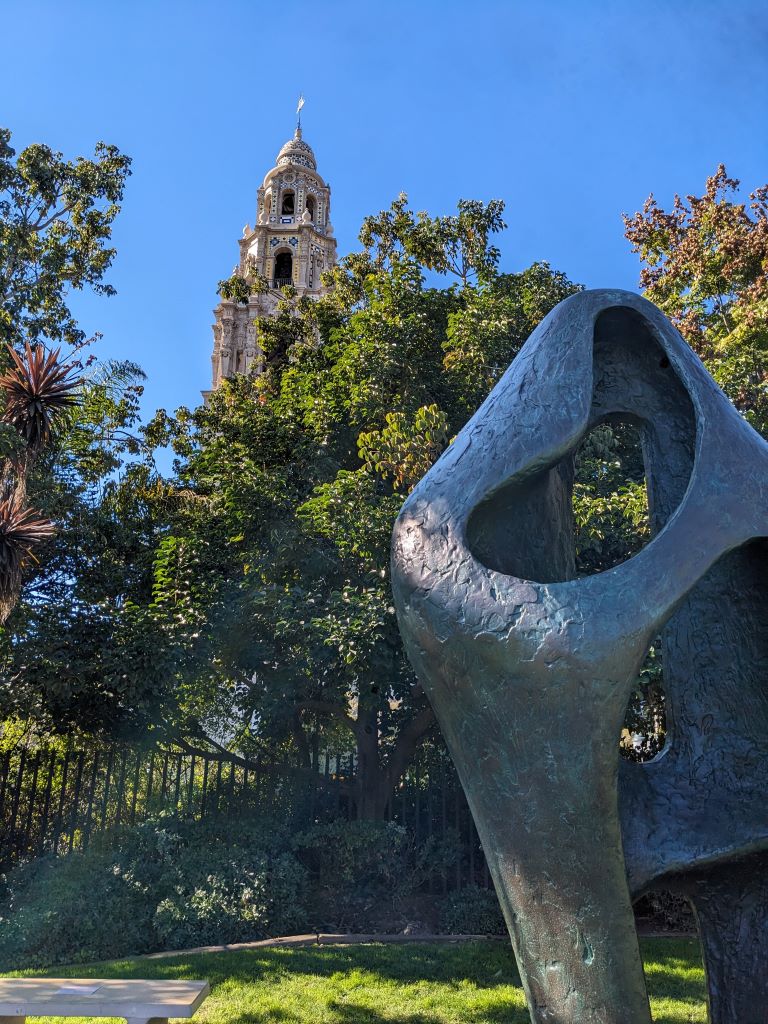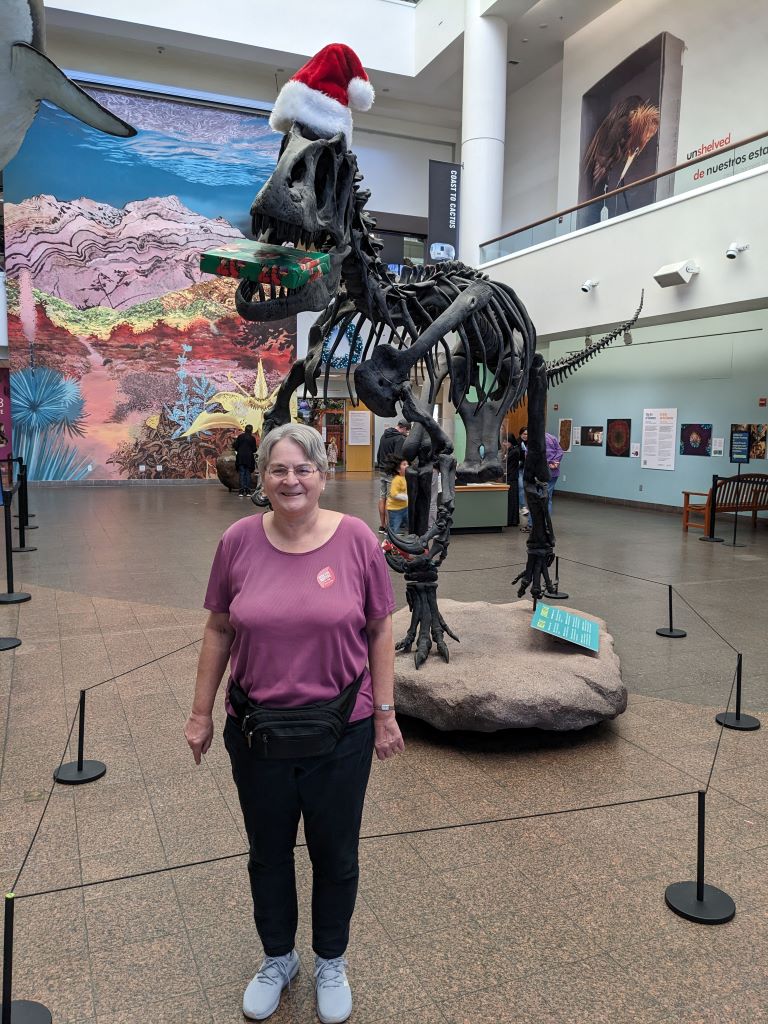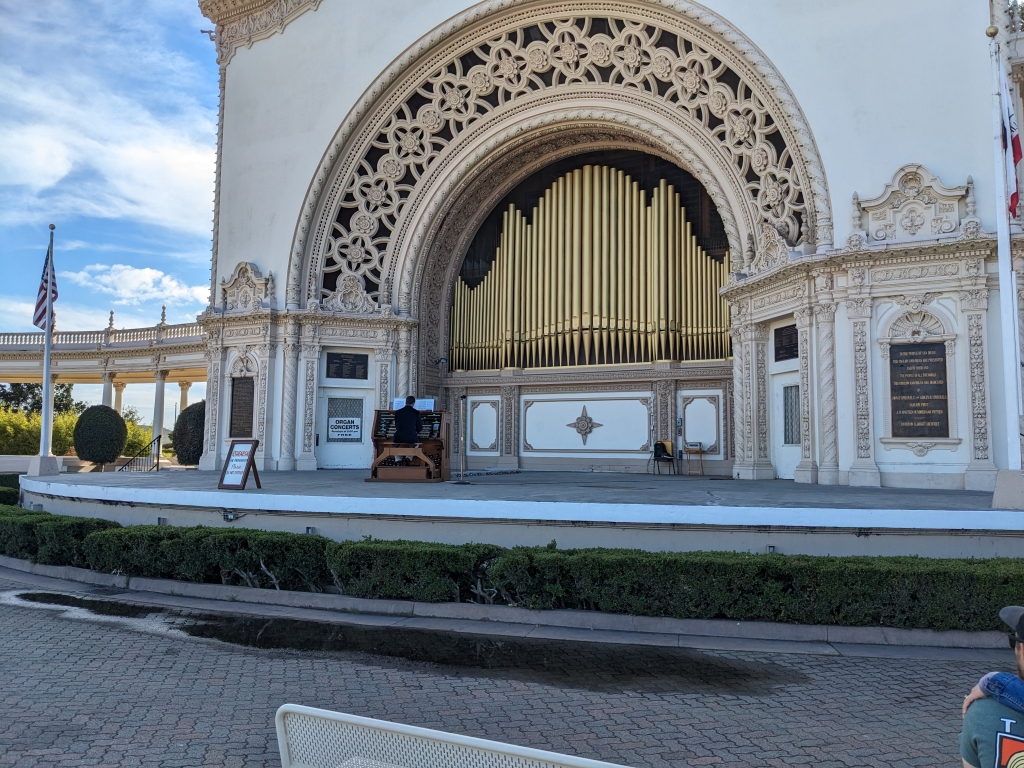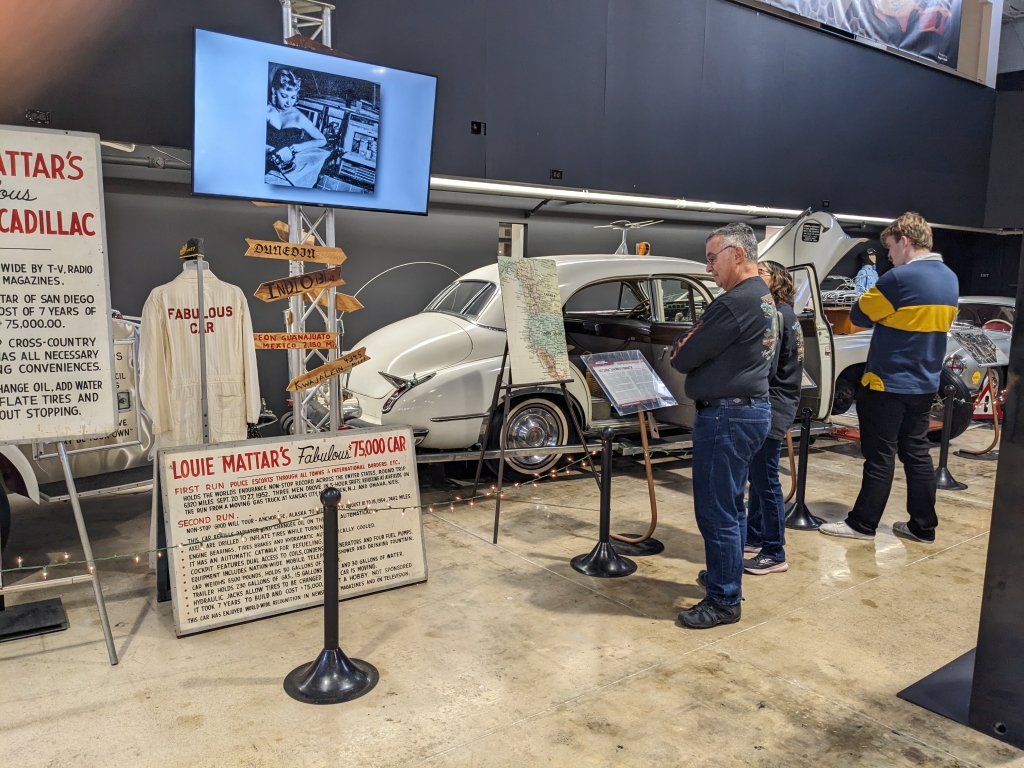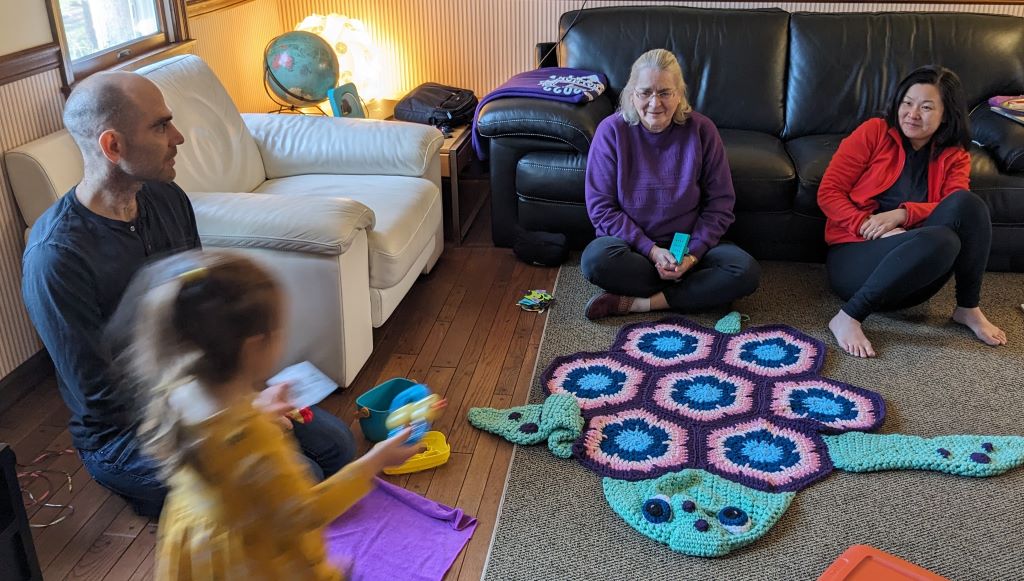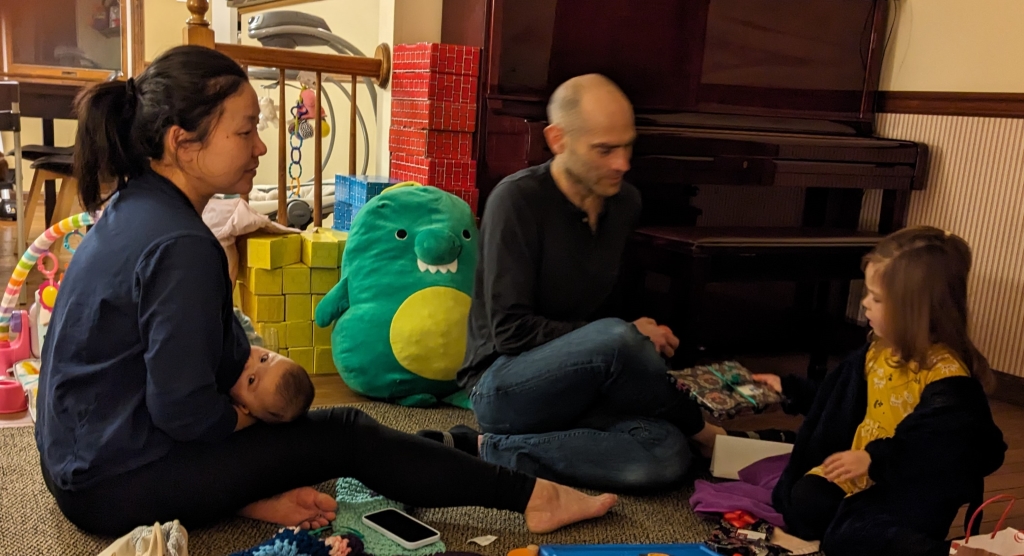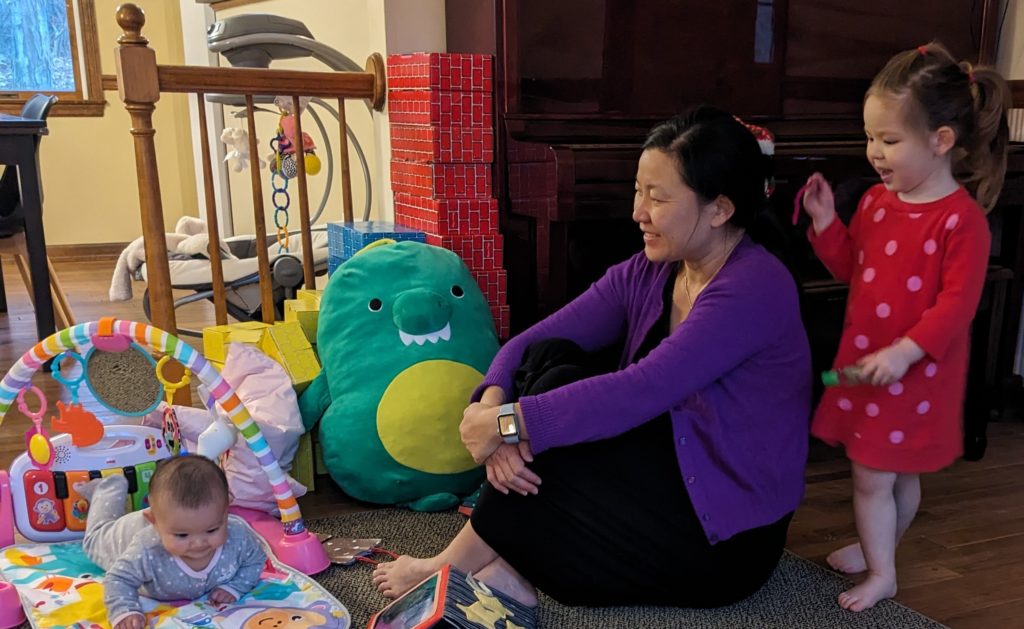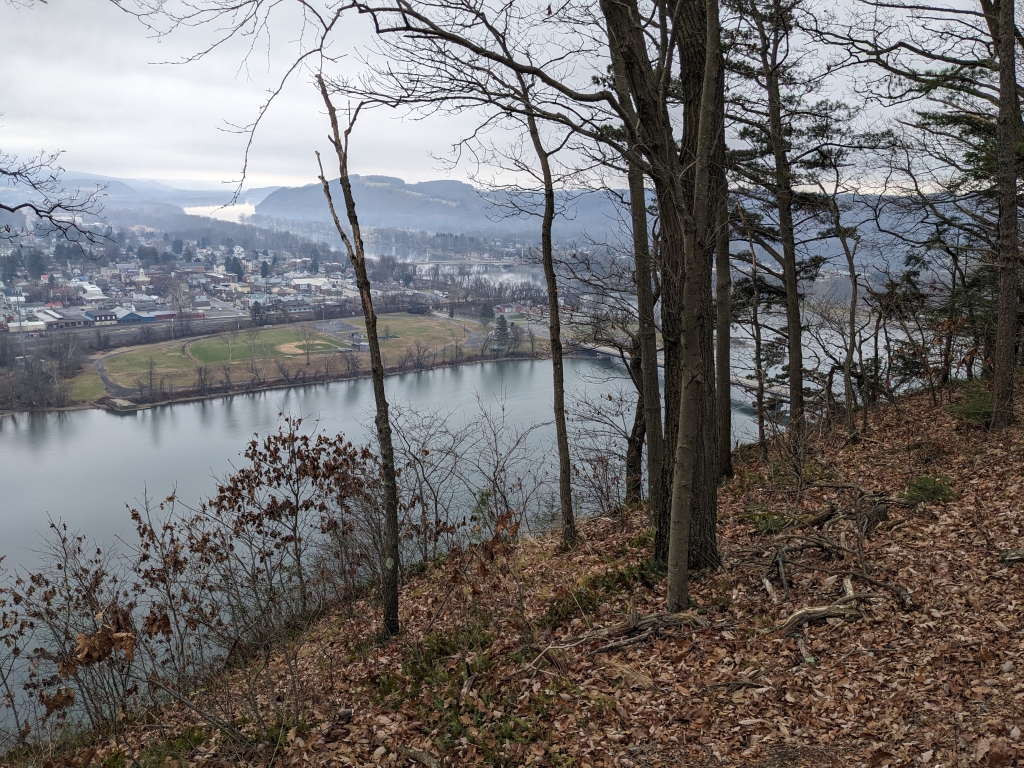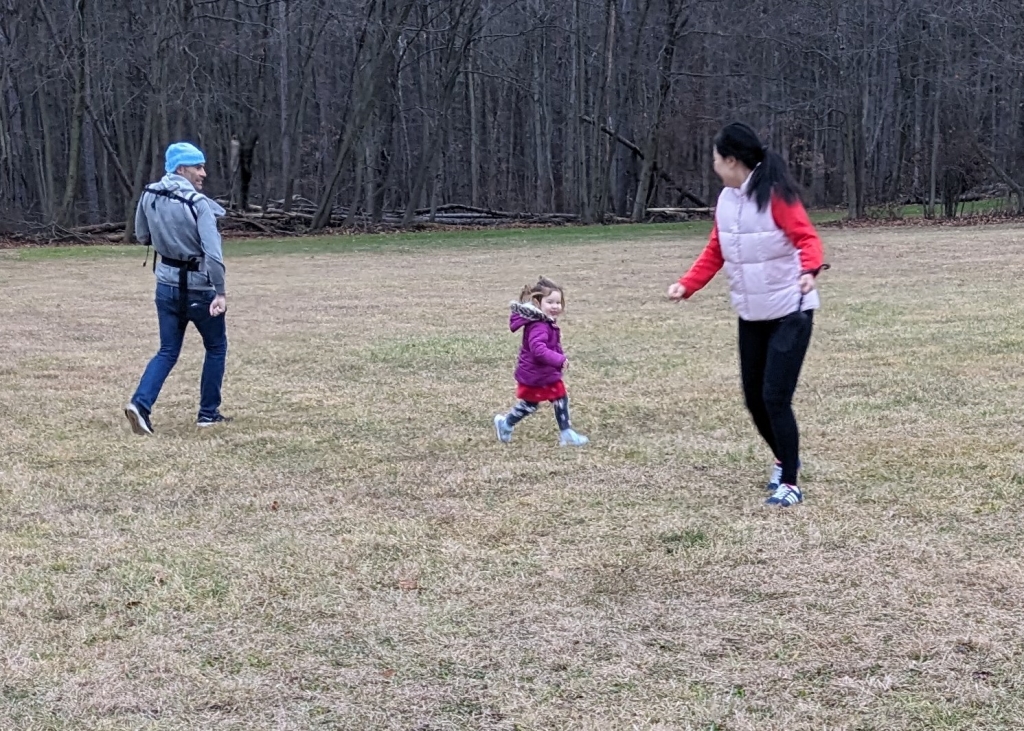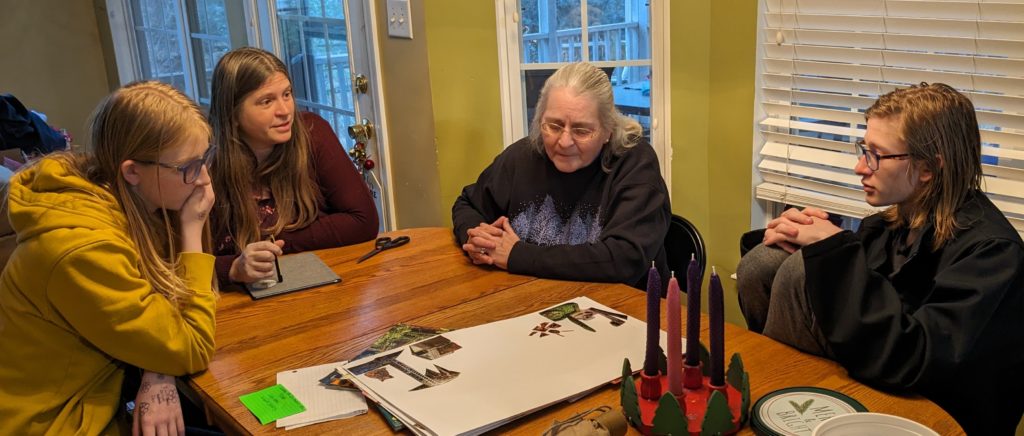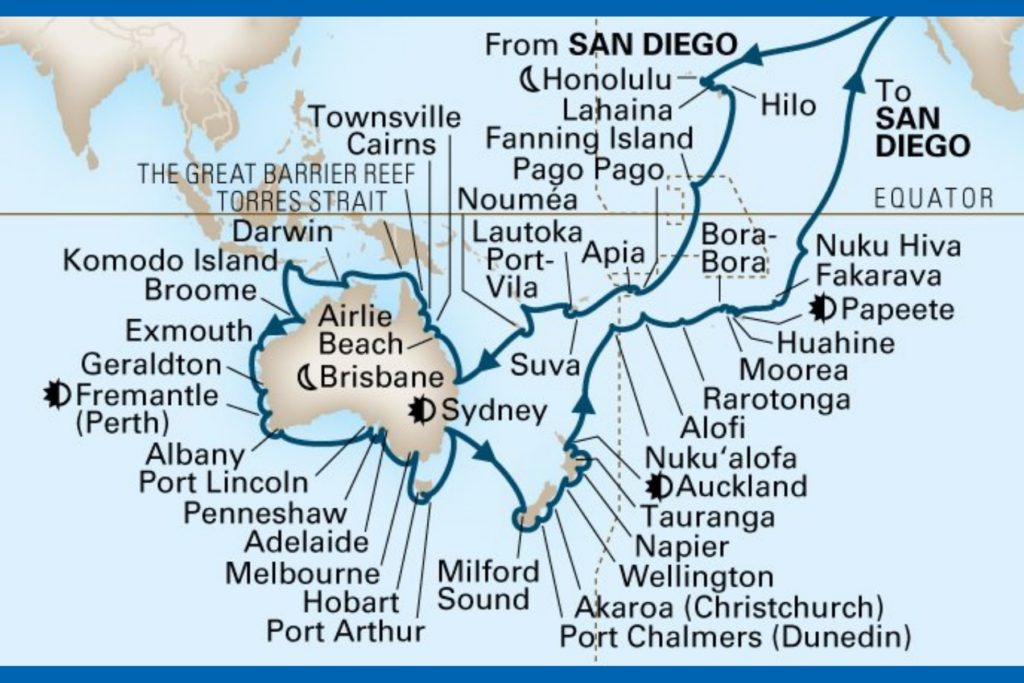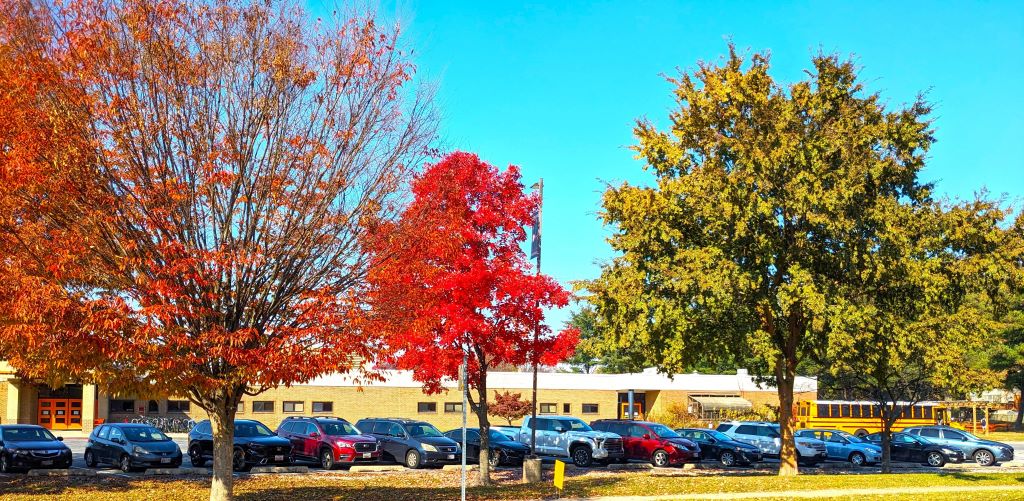We made it to Hawaii. We left the boat early. I planned to call the financial institution to get my account unlocked while we were waiting for the museum to open. As it happened, the grounds crew were making a terrific racket with their gas powered lawn tools. After we got inside, I got the account unlocked and all was well.
We decided to visit the Bishop’s Museum. They have the world’s largest collection of Polynesian artifacts. It was an impressive place to see. They wanted to build a new outrigger canoe with authentic materials. The problem is they didn’t have a large enough tree of the correct type. No problem, they teamed up with Native Americans in Alaska. Voila! New authenticate canoe.
For the first time ever, I attended a planetarium show and stayed awake for the entire show. They showed how to navigate with no modern navigation aids. A group called the Polynesian Voyaging Society built a dual canoe and sailed it from Hawaii to Tahiti and back using only traditional navigation techniques. They plan to sail around the world.
My favorite exhibit was the feather cape owned by King Kalani’opu’u. This was not a duplicate. It was the original cape, from the 1779.The king gave this cape to Captain Cook. In return, Cook made such an ass of himself that the Hawaiians killed him. You can read the story here. Death of James Cook. (No, they never thought James Cook was a god.)
Another fav was Kaneikokala. When the museum was renovated recently, the workmen couldn’t move the statue. They decided this god enjoyed being where he was. They carefully covered him and did the restoration around him.
I round up my top three with an ancient double canoe, which was restored. They pointed out that the lashings are considered sacred. That makes sense. The lashings are what holds everything together. Wood is strong, but the person doing the lashings better know what he is doing.
As usual, I will put a couple of pics in the web site. I hope all are doing well.
